Join the course
Humblebrag raclette put a bird on it blog, fam hexagon jianbing neutra godard plaid scenester.
Homesteading 101 Starter Course
Family
Free Guide
Courses & Guides
shop with me
FAVE LINKS
Low Toxic Living
Homesteading
Homemaking
Recipes
Topics
I’m a homesteader, homemaker, milkmaid, and bread baker! This is my very own slice of the internet, dedicated to inspiring you to live old fashioned in today's modern world. I’m so excited you’re here, and can’t wait to connect with you.
How to Revive Dried Sourdough Starter
In this blog post, it will be all about how to revive dried sourdough starter, it will tell you each step you need to take to revive your starter so you can start making sourdough bread as soon as possible!
Sourdough starter is a mixture of yeast and bacteria that is grown in wheat flour and water. As the mixture ferments, the yeast multiply and produce carbon dioxide, which is essential for bread to rise. Traditionally, a little bit of fermented sourdough starter is always reserved to start the next batch of fresh starter or dough.
Hey there! Some links on this page are affiliate links which means that, if you choose to make a purchase, I may earn a small commission at no extra cost to you. I greatly appreciate your support!
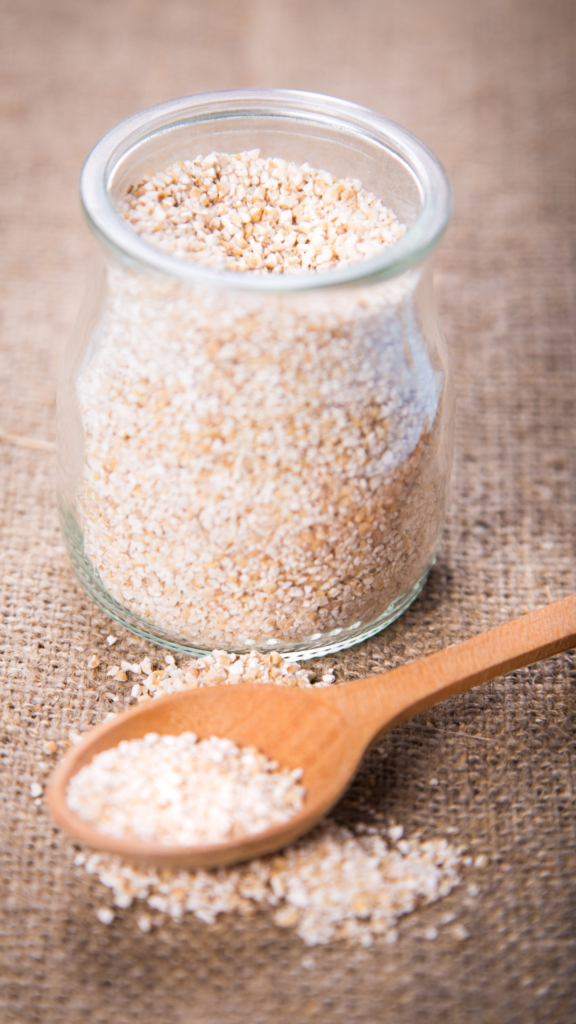
Table of Contents
Getting Started
Starting your own sourdough starter can seem daunting, but it’s actually quite easy. To revive a dehydrated starter, the first step is to rehydrate it with clean water. Use pure water that is free from chlorine or other chemicals that can harm the microorganisms in the starter.
Once your own starter is rehydrated, it’s important to keep it well-fed with fresh flour. This will encourage the growth of the microorganisms that give sourdough its characteristic flavor and texture.
It’s important to note that reviving a new starter can take anywhere from 4 to 14 days, so plan accordingly and be patient. If you can’t start your starter right away, store it in a cool, dry place until you’re ready to begin.
If you’re new to sourdough, it’s a good idea to start with a beginner’s guide to learn more about the science, terminology, and technique. Knowing how to revive dried sourdough starter will definitely help bakers on any scale in the future. Learning how to actually dehydrate your own sourdough starter will be even more helpful. Let’s get learning on how to revive dried sourdough starter.
Related Posts:
- Get Baking Today: Beginner Sourdough Starter Recipe
- Ingredients for Better Sourdough: Tips and Tricks for a Perfect Loaf
- Sourdough Bread: A Beginner’s Guide to Delicious Homemade Loaves
- Bulk Ferment vs Cold Ferment: Which is Better for Your Bread Dough?
- Can Sourdough Starter Go Bad? Tips for Keeping Your Starter Fresh
- Long Fermented Sourdough Bread: A Guide to Achieving Perfectly Tangy Loaves
- Should you Clean your Sourdough Starter Jar?
- Purchase all of my Sourdough Supplies Here!
The Benefits of Reviving a Dehydrated Sourdough Starter
Reviving a dehydrated starter has many benefits. Here are some reasons why you should consider Learning how to revive dried sourdough starter or dehydrated starter:
- It saves time: Reviving a dehydrated starter takes less time than starting your own from scratch.
- Proven yeast: Dehydrated starters have a strain of proven yeast that are strong and have already been used to make great bread.
- Long-term storage: A dehydrated starter can be stored for a long time in a cool, dry place.
Reviving a dehydrated starter is an easy way to jumpstart your bread-making process and ensure consistent results.
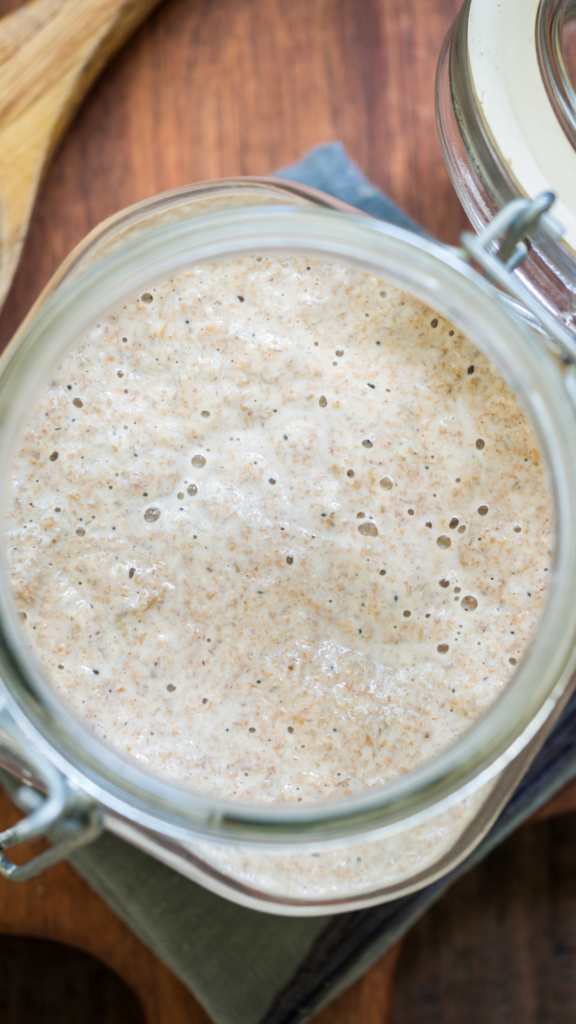
Ingredients to Revive a Dehydrated Starter
Reviving a dehydrated sourdough starter can be a bit tricky, but with the right ingredients and care, you can bring it back to life. Here are the ingredients you’ll need:
- Clean jar – Use a clean, wide-mouth jar to store your starter. A mason jar works great.
- Purpose flour – You’ll need a cup of flour to feed your starter. Organic whole-grain wheat flour is best.
- Warm water – You’ll need a cup of warm water to mix with the flour. The water should be at room temperature, around 80-90°F.
Now on how to revive dried sourdough starter, follow these steps:
- In your clean jar, mix together equal parts warm water and flour. Stir until well combined.
- Add your dehydrated starter to the mixture and stir until it’s fully incorporated.
- Cover the jar with plastic wrap and let it sit at room temperature for 24 hours.
- After 24 hours, discard half of the mixture and add equal parts flour and warm water. Stir until well combined.
- Cover the jar again and let it sit at room temperature for another 24 hours.
- Repeat this process every 24 hours until your starter is active and bubbly.
It’s important to note that the type of flour you use can affect the outcome of your starter. Whole wheat flour contains more nutrients and minerals that can help your starter thrive, but bread flour can also work well. Use a kitchen scale to measure out the flour and water for accuracy.
In addition to the ingredients, warmth and oxygen are also important for yeast growth. Keep your starter in a warm spot, ideally between 80 to 90°F, and stir it frequently to incorporate oxygen.
By using these ingredients and following these steps, you can revive your dehydrated starter and get it ready for baking delicious sourdough bread.

Reviving a Dehydrated Sourdough Starter
If you have a dehydrated sourdough starter, you can bring it back to life and start baking with it again. It will take a few days and some patience, but it’s worth it to have a live sourdough starter that you can use for all your baking needs. Follow this step-by-step guide to revive your dried sourdough starter.
Step 1, Day 1
On the first day, you will need to mix your dehydrated starter with flour and water to create a small amount of starter. This will be the first feeding.
- In a small glass jar (approximately 1 cup volume), mix your dried starter packet of 10 grams of sourdough starter, with 20 grams of pure water and 20 grams of bread flour. This equals approximately 50 grams of sourdough starter.
- Stir the mixture well.
- Cover the glass jar with a loose-fitting lid. The lid should not be airtight but you don’t want any bugs or particulates in the new starter. Do not use a towel. The top of the active sourdough starter is apt to dry out if there is too much airflow.
- Place the fed starter in a warm (80 to 90°F) spot for 12 hours.
- At the 12-hour mark, stir the starter well and place it back in the warm spot for another 12 hours.
Step 2, Day 2
On the next morning, the second day, you will need to feed your starter and let it ferment for 36 hours.
- Remove the lid from your starter and observe the surface and sides of the jar. There may be dark flour or thin layer of hooch on the surface of the starter, there may be a slight sour smell, and you may see small bubbles throughout the starter. These are all normal and healthy signs at this stage.
- Stir the starter and measure 25 grams into a clean jar. Discard the leftover 25 grams of fermented starter.
- Feed the starter with a 1:1:1 ratio. One part starter (25 grams), one part flour (25 grams), and one part water (25 grams). Your starter now weighs 75 grams.
- Place the starter back in the warm spot and let it ferment for 36 hours.
- You may notice bubbles forming; this is the wild yeast and bacteria starting to produce carbon dioxide.
Step 3, Day 3
On the third day, you will need to feed your starter again and let it ferment for 12 hours.
- Remove the lid from your starter jar and observe the top and sides. Hopefully, you see lots of little bubbles throughout your starter, these are great signs of activity. If not, repeat Step 2 (reducing the fermentation time to 24 hours), as many times as necessary until you do.
- Prepare a slightly larger jar (approximately 2 cups volume).
- Stir the sourdough starter and measure 25 grams into the clean jar. Discard the leftover 50 grams of fermented starter.
- Increase the feeding to a 1:2:2 ratio. One part fermented starter (25 grams), two parts flour (50 grams), and two parts water (50 grams). Your starter now equals 125 grams.
- Place the starter in a warm spot to ferment for 12 hours. Another great place to store your starter is on the top of the fridge, in the corner of your kitchen, or in a dark place.
Step 4, Day 4
On the next day, the fourth day, your starter should be thriving, and you can begin keeping and using the discard in recipes like pancakes and crackers.
- Remove the lid from your jar and observe the top and sides of the starter. It should be fermenting nicely at this point. It may smell sour, have lots of bubbles throughout, and be rising up the side of the jar. In my experience, the starter rises and will double in size in the jar overnight! If your starter did not double in volume, repeat Step 3 as many times as necessary until it does. This is a great way to tell if you have mature starter.
- Once the starter is thriving, you can begin keeping and using the discard (the portion you remove prior to feeding) in recipes like pancakes and crackers. Save the discard in a jar in the refrigerator until you have enough for a recipe.
- Prepare a larger jar (approximately 4 cups volume).
- Increase your starter’s size in preparation for a recipe. Feed using the 1:2:2 ratio with 40 grams fermented starter, 80 grams flour, and 80 grams water (scale as needed). Now your starter equals 200 grams, plenty for use in a recipe with enough remaining to inoculate your next batch of flour and water.
- Let your starter ferment in a warm spot until it has doubled in volume. If this process takes less than 8 hours, you can feel confident to go ahead and test your starter on a simple loaf of bread. If it takes more than 8 hours for your starter to double, just continue the discard and feeding.
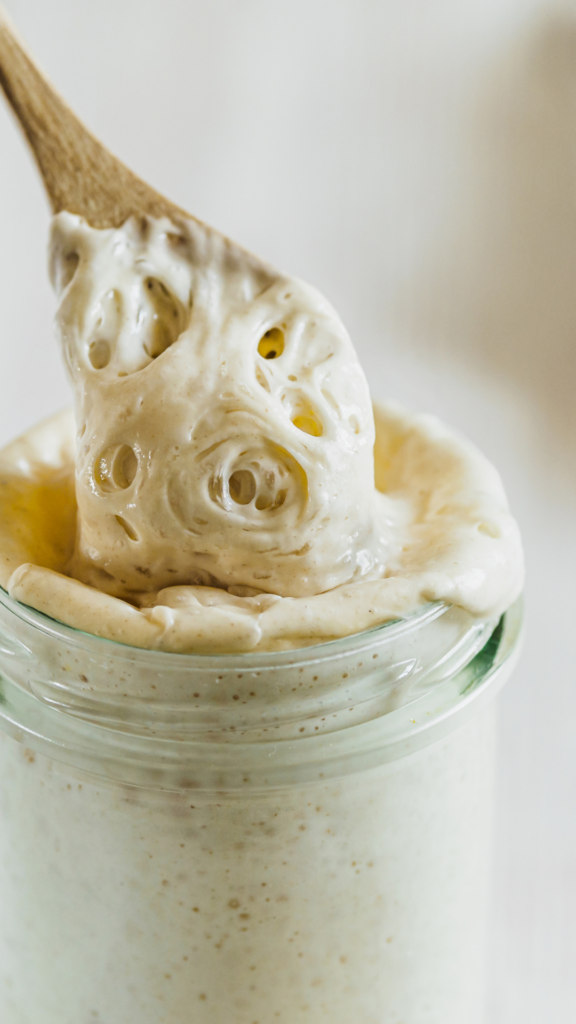
How to Revive Dried Sourdough Starter
Congratulations on successfully reviving dehydrated sourdough starter! Now that you have a thriving and hungry sourdough starter, it’s important to establish a regular schedule for feeding and maintaining it for long term storage. This will ensure that your starter remains healthy and active.
It’s important to have a little patience when working with sourdough. It may take a few tries to get the hang of it, but with practice, you’ll be able to bake delicious sourdough breads and pastries.
To keep your starter healthy, make sure to feed it regularly and store it properly.
Explore Reader
SHOP
Fitbit Versa 2 Health & Fitness Smartwatch
SHOP
Bamboo Nesting storage boxes
SHOP
Ilia Super Serum Skin Tint SPF 40
SHOP
Ninja Max XL Electric Air FryeR
SHOP
Cuisinart 15-Piece Knife Set with Block
SHOP
Muse Bath Apothecary Hand Ritual
SHOP
Martha Stewart 100% Cotton Bath Towels
SHOP
Eozlink Fluffy Fur Slides
Leave a Reply Cancel reply
Watch me clean my home



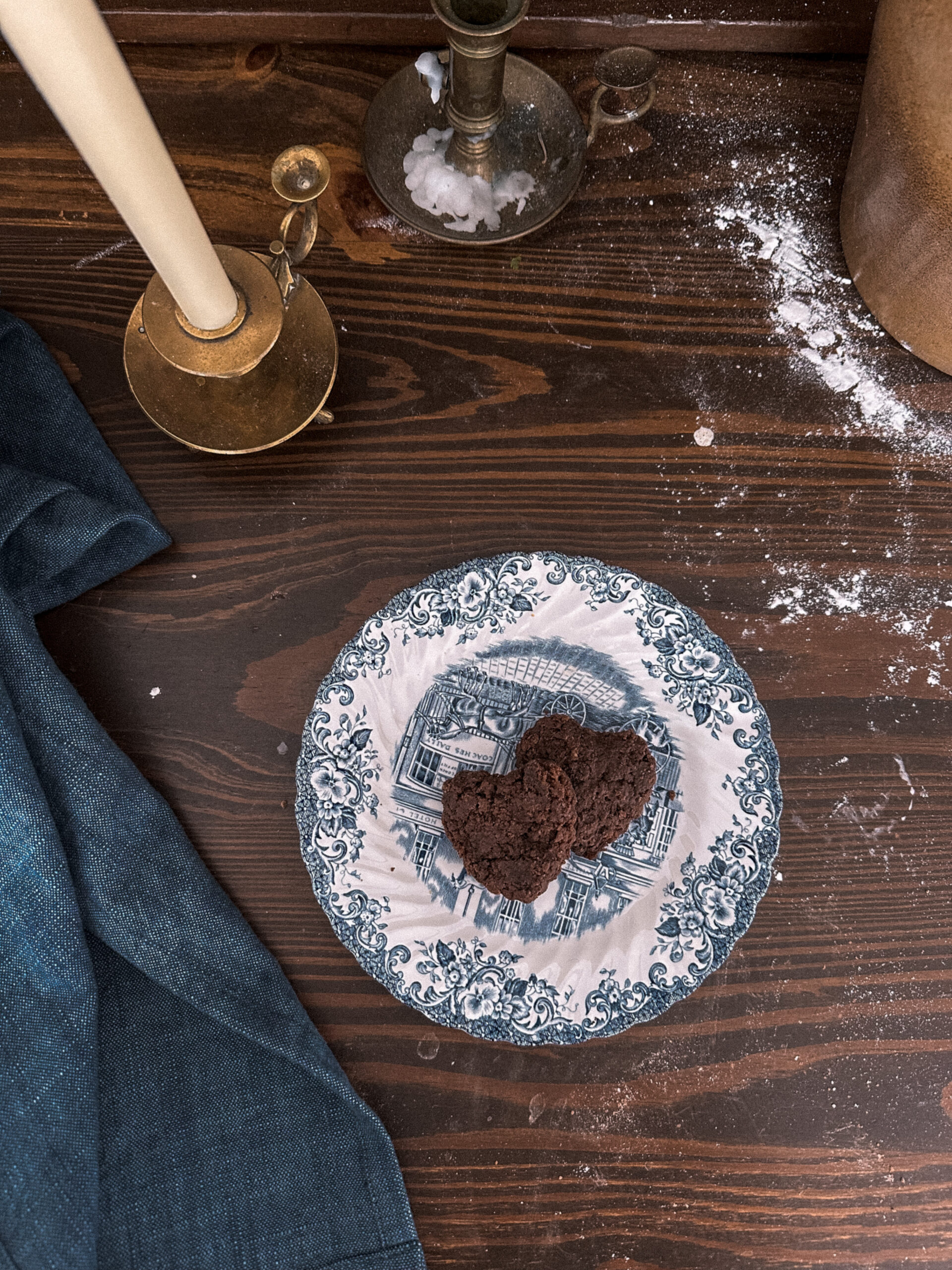
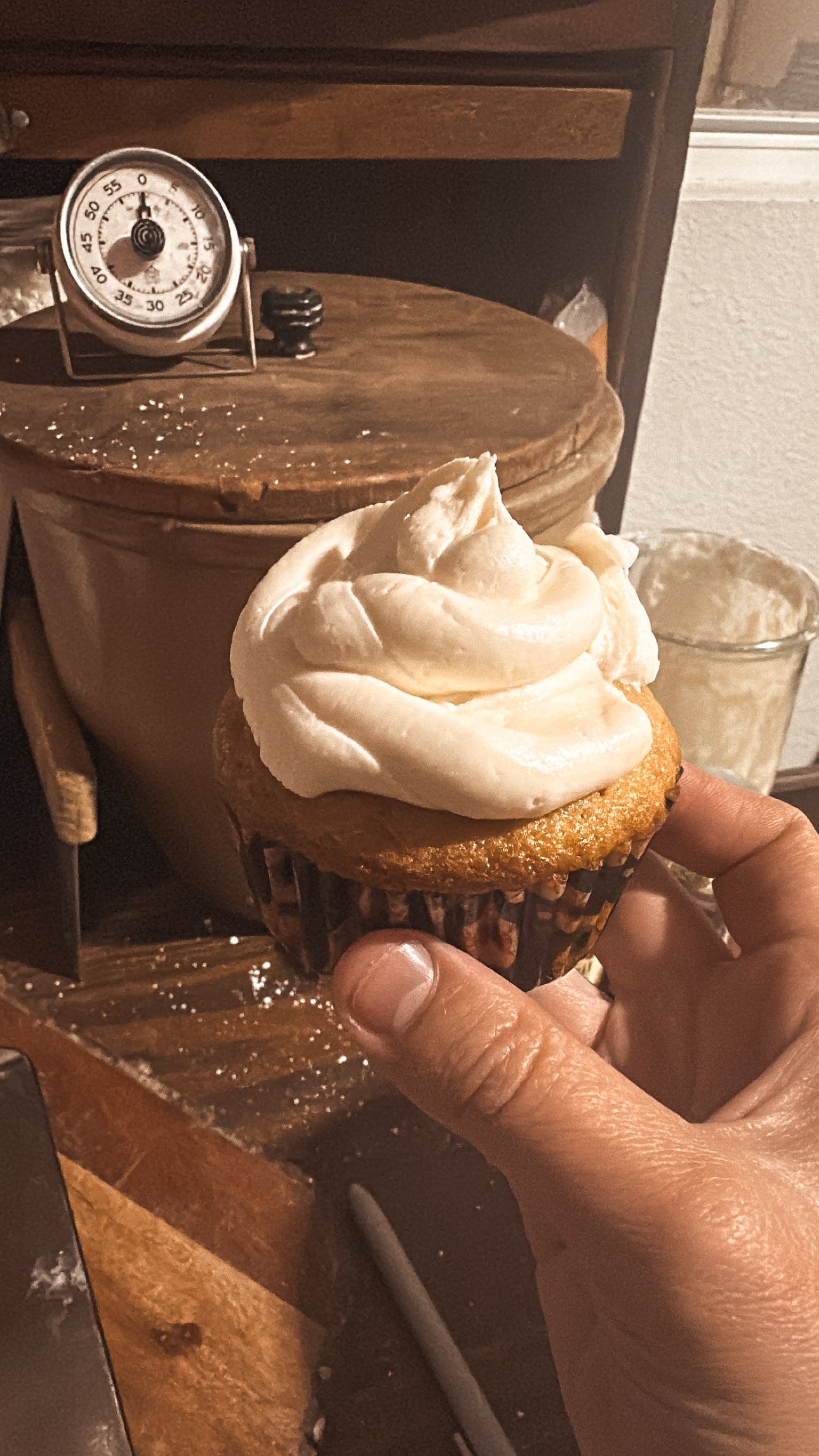


Be the first to comment